disease
Latest

Scientists may have a solution to the International Space Station's fungus problem
In a cross-collaboration between researchers at the University of Colorado, MIT, and the NASA Ames Research Center, researchers studied how to prevent microbial build-up on surfaces on the ISS. The findings are critical because fungal growths can clog filters in water processing systems and make astronauts sick.
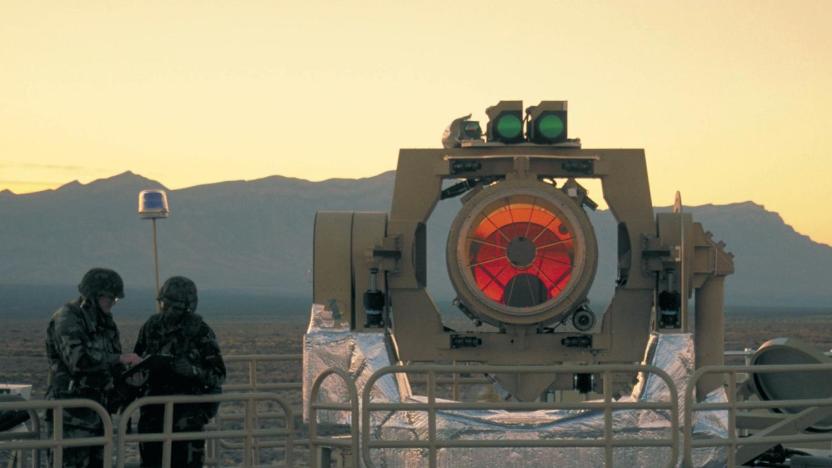
US intelligence report says Havana Syndrome probably wasn't caused by 'energy weapons'
It's "highly unlikely" that Russia is using rayguns to give US personnel nausea and headaches
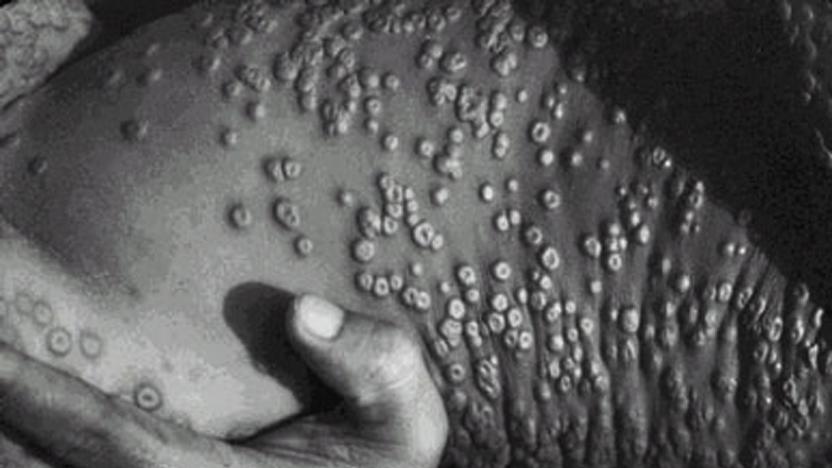
Hitting the Books: America might not exist if not for a pre-Revolution smallpox outbreak
As historian Andrew Wehrman explains in The Contagion of Liberty: The Politics of Smallpox in the American Revolution that our downright violent resistance to, and demand for freedom from, this disease also helped galvanize our mobilization of independence from England.

Scientists show you can collect DNA from the air
Scientists have shown that you can collect DNA from the air, opening new ways to study airborne diseases and investigate crimes.

Scientists sequence 64 human genomes to better reflect genetic diversity
Scientists have sequenced 64 full human genomes to better understand genetic diversity in the species.
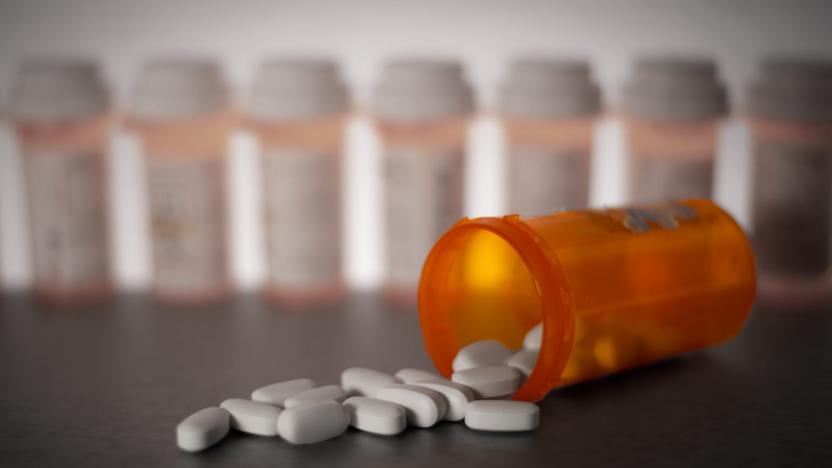
AI-formulated medicine to be tested on humans for the first time
A drug designed entirely by artificial intelligence is about to enter clinical human trials for the first time. The drug, which is intended to treat obsessive-compulsive disorder, was discovered using AI systems from Oxford-based biotech company Exscientia. While it would usually take around four and a half years to get a drug to this stage of development, Exscientia says that by using the AI tools it's taken less than 12 months.
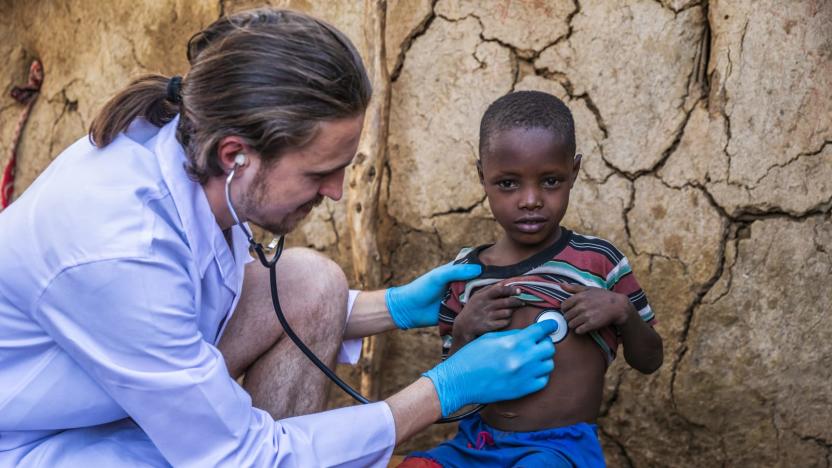
Microsoft backs AI in healthcare with a $40 million program
Microsoft's deepening health tech strategy now includes a significant commitment to AI. The company is starting a $40 million AI for Health program that should help researchers and key organizations improve the quality of life for people around the planet. The five-year initiative will use AI to improve diagnosis, prevention and treatment, as you might have expected, but it'll also be used for global-scale health insights and to improve access to healthcare in areas where it's often costly or hard to find.
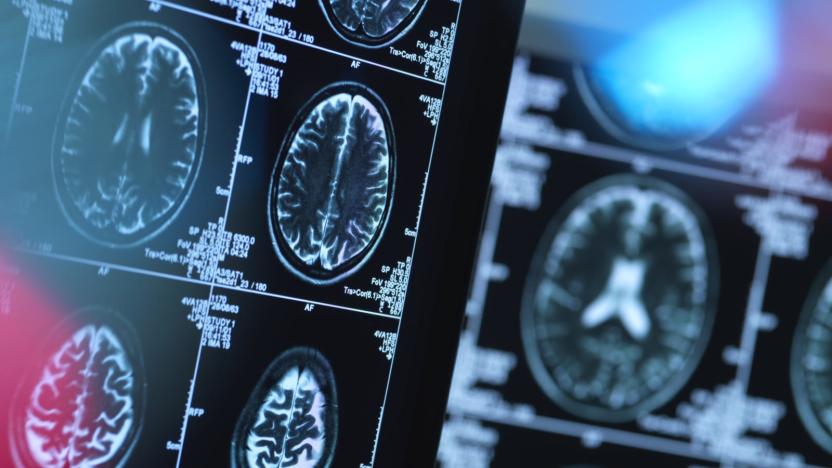
IBM uses AI to predict progress of Huntington's disease symptoms
IBM is using its AI-based health prediction skills to help tackle the challenge of Huntington's disease. The tech firm has teamed up with CHDI Foundation on an artificial intelligence model that can predict when patients will experience Huntington's symptoms and, crucially, determine how rapidly those symptoms will progress. The team used MRI brain scans to train the AI, using signals from white matter (relatively untapped in brain studies) to help the system gauge how cognitive and motor performance will change over time.
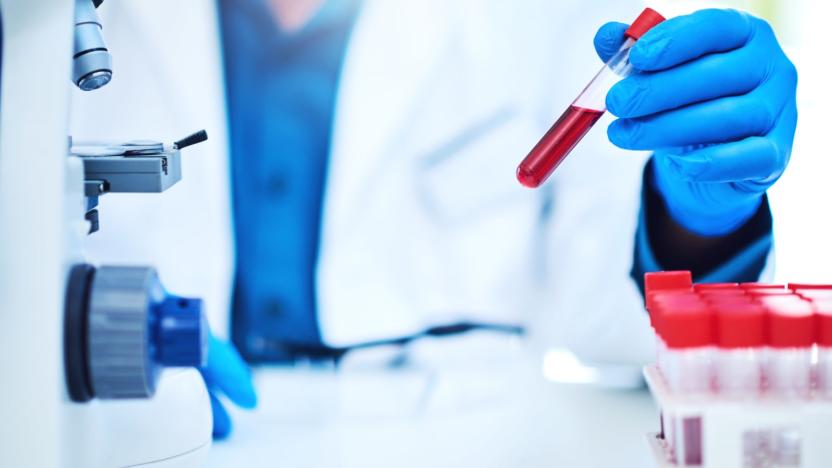
A new blood test could indicate multiple conditions with one sample
A new blood test could use a single plasma sample to assess health and predict the likelihood of developing a range of diseases. Thanks to Theranos, this may sound familiar, but unlike that debacle, this proof-of-concept is backed by research published in Nature Medicine.

Strawberry-flavored HIV medicine could save thousands of children
There are roughly 80,000 babies and toddlers who die of AIDS every year, and that's partly due to the difficulty of administering the medicine. It can be extremely difficult for a toddler to swallow a pill or a foul-tasting syrup with alcohol. Cipla may have a much better solution. It's introducing a new anti-HIV drug, Quadrimune, whose strawberry-flavored granules are much easier to swallow. While it comes in capsules, parents can make it more palatable by sprinkling the contents on soft food or in drinks.

Phone app detects eye disease in kids through photos
It might soon be possible to catch eye diseases using just the phone in your pocket. Researchers have developed a CRADLE app (Computer Assisted Detector of Leukoria) for Android and iOS that uses machine learning to look for early signs of "white eye" reflections in photos, hinting at possible retinoblastoma, cataracts and other conditions. It works regardless of device, and is frequently prescient -- to the point where it can beat doctors.

CDC warns against vaping until it figures out what’s making people sick
Until the Center for Disease Control can figure out what's causing the mysterious lung illness associated with vaping, it's cautioning people against e-cigs. Last week, it launched a joint investigation with the Food and Drug Administration into a respiratory illness reported after vaping. At the time, it said 215 possible cases had been reported from 25 states, and at least two deaths have been documented. "While this investigation is ongoing, people should consider not using e-cigarette products," the CDC wrote in a press release today.
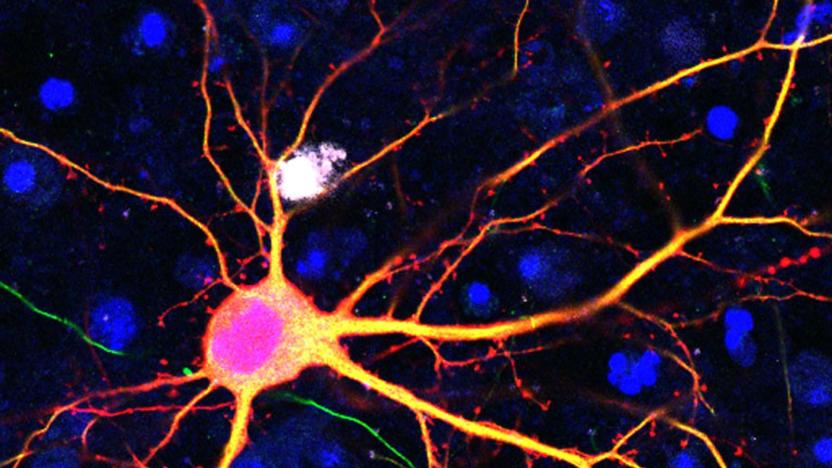
Gene editing tool could treat many diseases created by mutations
The use of gene editing to eliminate diseases has numerous challenges, including the not-so-small problem of dealing with mutation-based conditions like Huntington's. Existing approaches that replace the gene could cause damage. Salk Institute scientists say they've created a tool that can perform edits when mutations are at work. SATI (Single homology Arm donor mediated intro-Targeting Integration) builds on HITI, a variant of the familiar CRISPR-Cas9 gene editing technique, deals with mutations by inserting a healthy copy of a troublesome gene into the non-coding region of DNA. As the DNA repairs itself, the normal gene integrates into the genome alongside the old one -- it eliminates the harm from the mutation without taking risks.
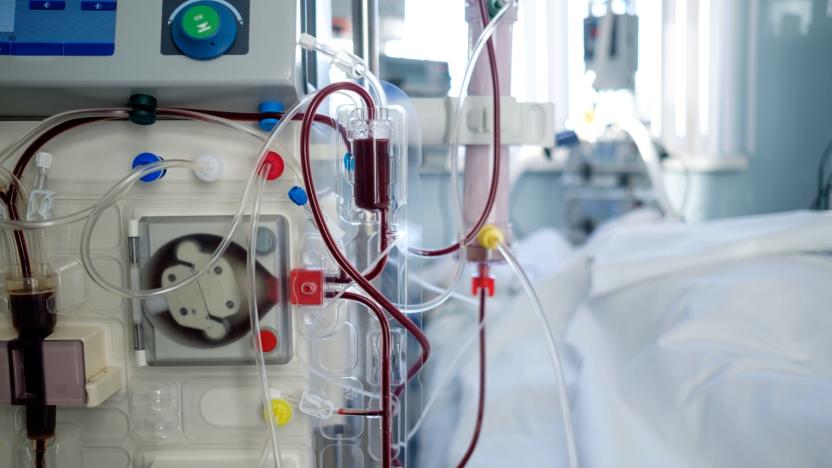
DeepMind AI can predict kidney illness 48 hours before it occurs
Acute Kidney Injury (AKI) kills 500,000 people in the US and 100,000 in the UK annually, often because it's not detected soon enough. Researchers want to use AI to change that. DeepMind, the Alphabet-owned AI company, partnered with the US Department of Veterans Affairs (VA) to develop an AKI prediction algorithm. In a paper published in Nature today, the partners share their findings that the algorithm can predict the presence of AKI up to 48 hours before it happens. The model correctly identified 9 out of 10 patients whose condition worsened to the point that they needed dialysis.

AI could be the key to catching Type 1 diabetes much earlier
Will AI lead to a quicker diagnosis of diabetes, a condition often called the silent killer? IBM researchers are hoping so. They recently announced an AI-powered screening tool that could potentially identify Type 1 diabetes antibodies in people's blood.
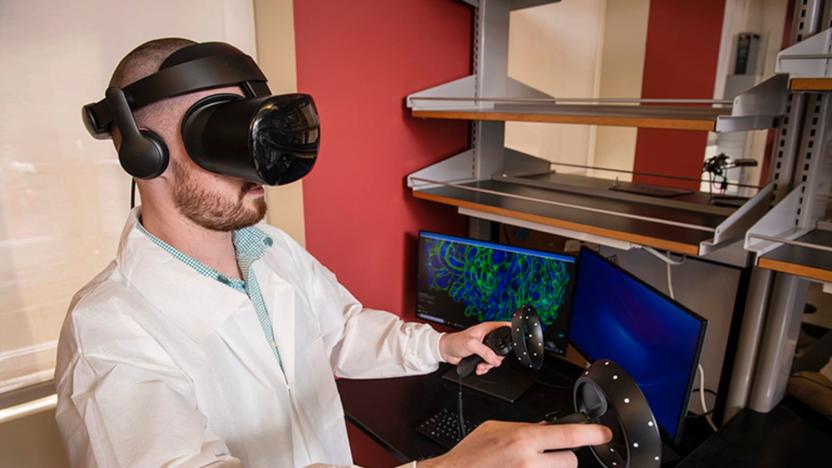
VR and microscopy help scientists see 'inside' diseases
You can only learn so much about cells by studying 2D pictures, and 3D microscope technology can produce an abundance of data that might be hard to decipher. Researchers at Carnegie Mellon University and Virginia Mason have an answer, though: let scientists walk 'inside' the cells. They've combined virtual reality with expansion microscopy (which grows samples by over 100 times) to explore cell data that would otherwise be too complex to handle. Once the cells have been imaged, labeled and compiled into data, a custom technique turns the 2D info into 3D environments.

Anti-vaxxers are the newest threat in 'Plague Inc.'
Never underestimate the power of a viral petition -- and in this case we mean that quite literally. Strategy game Plague Inc., which sees players do their best to wipe out the world with infectious disease, is going to be given an anti-vaxxer scenario after its developers challenged fans to get a petition past 10,000 signatures. At the time of writing, the total had blown past 20,000.
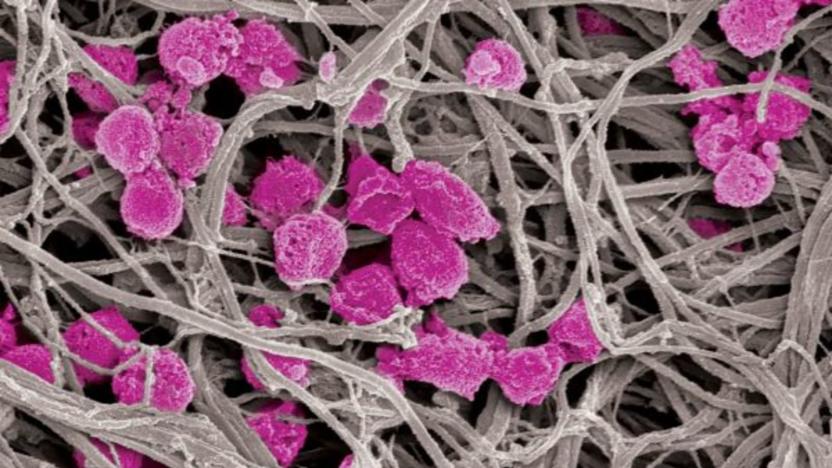
Scientists design 'decoy platelets' that reduce risk of blood clots
Heart disease, stroke, sepsis and cancer are incredibly serious conditions which together cause the greatest number of deaths around the world. They're unique illnesses, but they have something in common -- they're all associated with activated platelets, which play an important role in healing, but for some can also contribute to dangerous blood clots and tumors. Now, scientists think they've found a way to mitigate the risks associated with these platelets, thereby "outsmarting" the catalyst for these diseases.
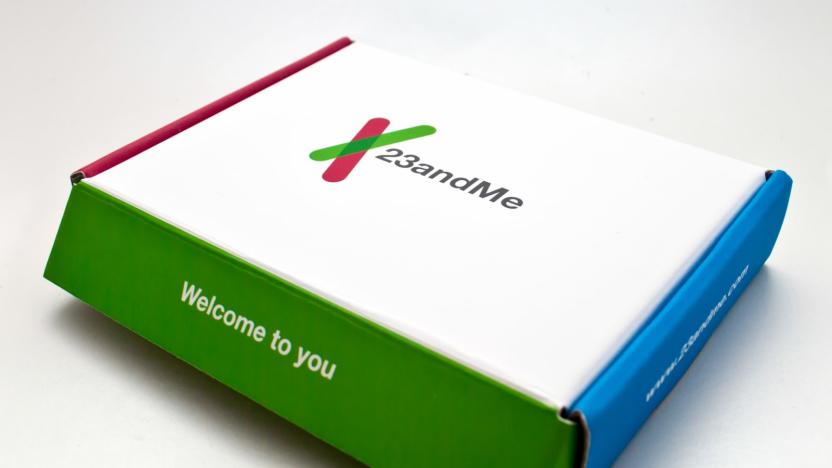
GSK to use 23andMe’s DNA library in drug development
DNA testing company 23andMe has partnered with pharmaceutical giant GlaxoSmithKline (GSK), in a bid to develop new drug treatments. 23andMe, which gives customers insight into their genetic makeup via postal saliva tests, has some five million customers -- a potential DNA database considerably larger than those generally available to the scientific community. "By working with GSK, we believe we will accelerate the development of breakthroughs," 23andMe CEO Anne Wojcicki wrote in a blog post.

Wearable gauges fitness through stress hormones in your sweat
Cortisol (best known as the stress hormone) is handy for tracking your athletic performance and even spotting signs of disease, since it reflects how well your adrenal or pituitary glands are working. But there's a problem: measuring that often takes several days of lab work, by which point the info is no longer relevant. Scientists might have a much better option. They've developed a flexible, wearable sweat sensor (not shown here) that tracks cortisol levels with results in seconds -- that is, while it's at its most useful. It sounds straightforward, but the team had to overcome a major obstacle common to most biological sensors.






